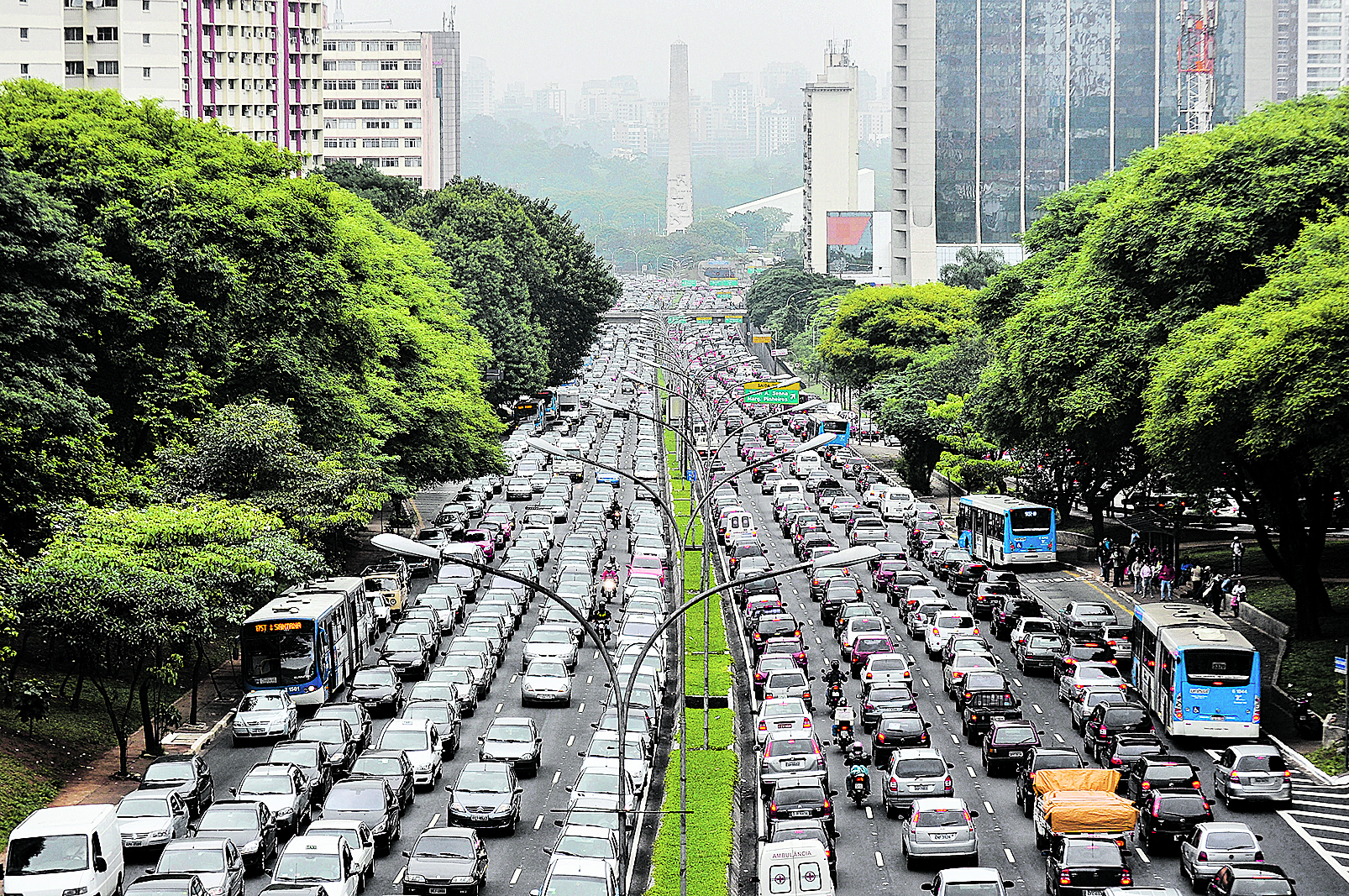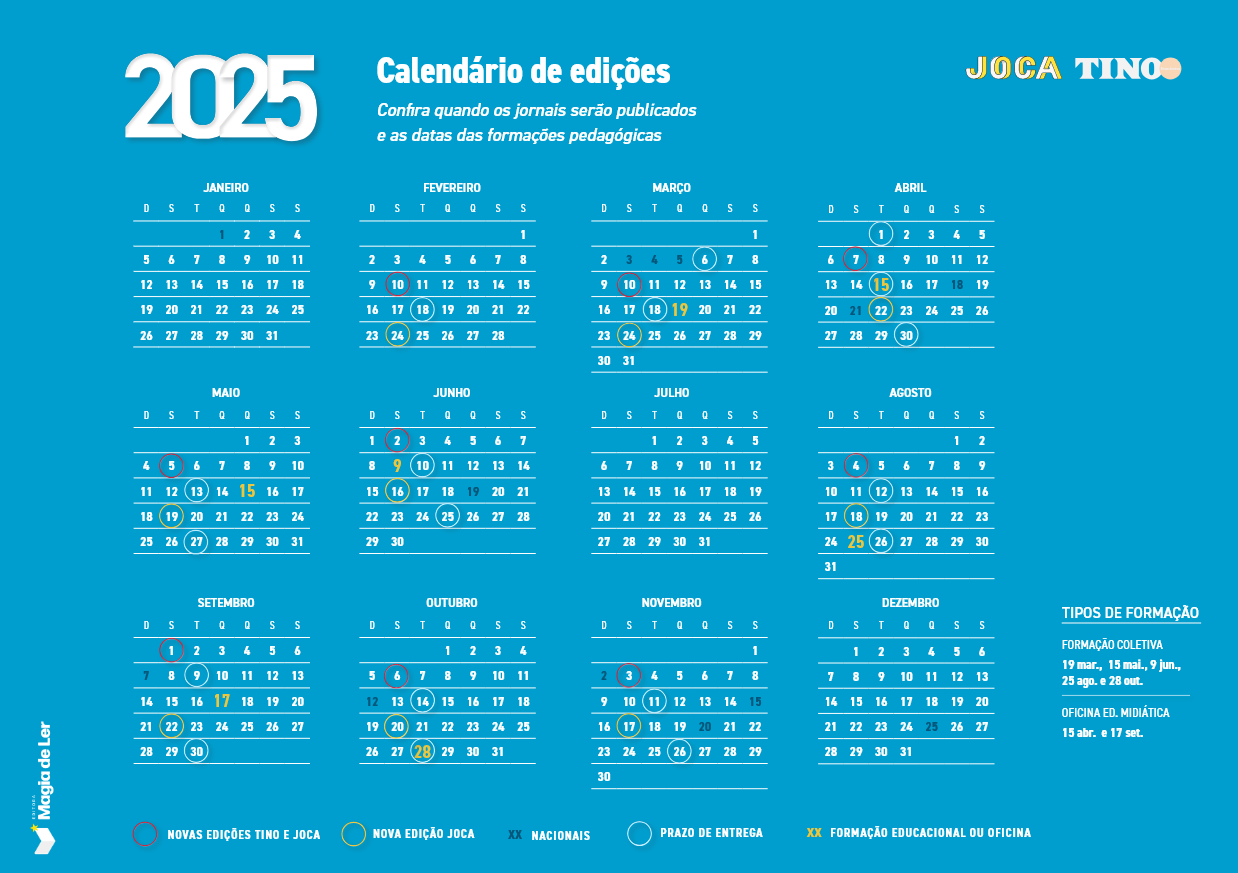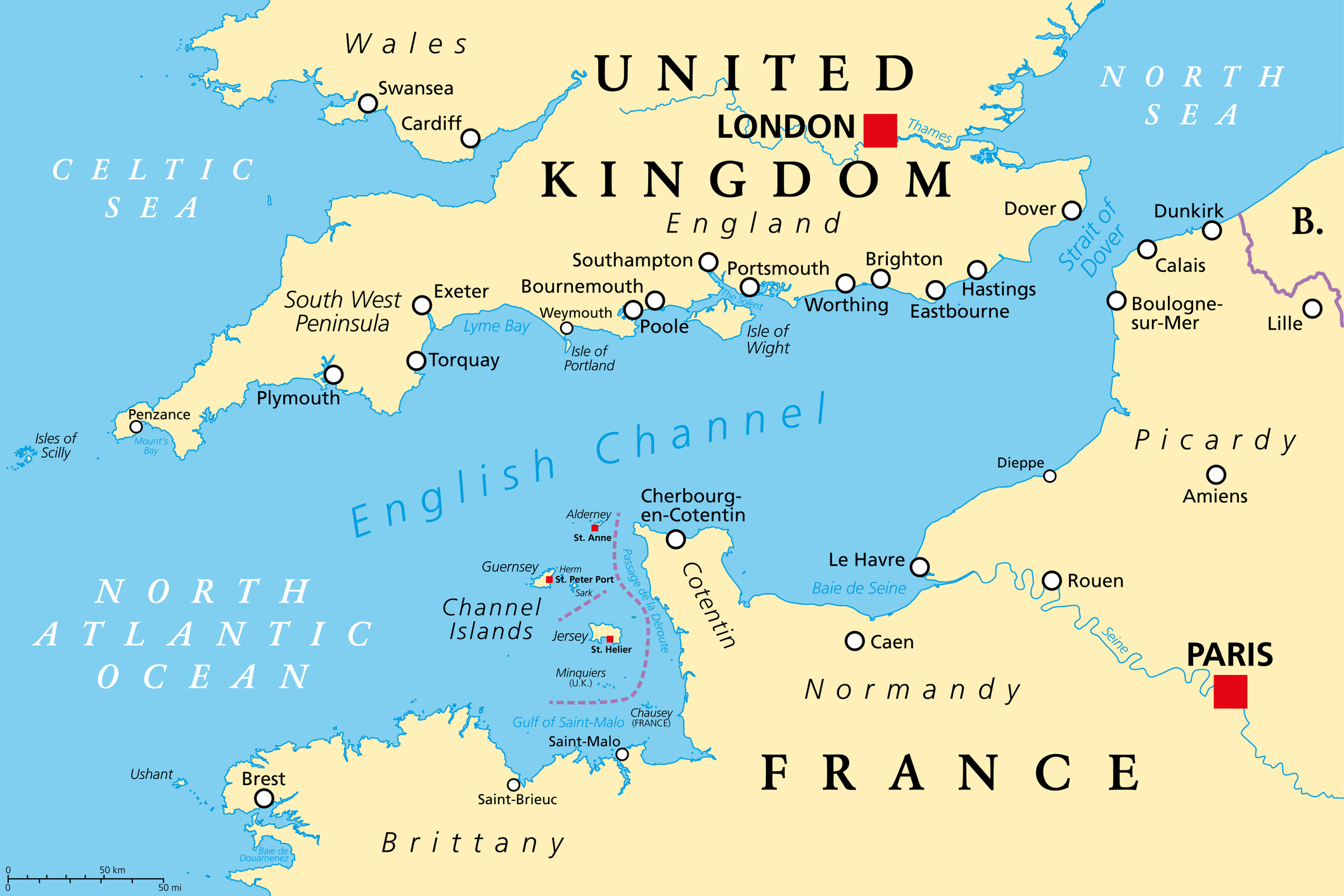In English
26 de fevereiro de 2025
Brazil| Use of Personal Transportation Surpasses Public Transport in São Paulo – Level 3
Article published on Joca 236

Estela Lima
On February 11th, São Paulo’s Metro released the results of the 2023 Origin and Destination Survey (OD), one of the main urban mobility studies in Brazil and the largest one in Latin America. Usually conducted every ten years, the survey was brought forward to analyze the changes in commuting after the COVID-19 pandemic.
The data reveals that the use of personal transportation (cars, motorcycles, cabs, and Apps) surpassed public transportation (buses, subways, and trains) in the São Paulo metropolitan area. In 2023, 51.2% of trips were made individually, while 48.8% used public transport. In 2017, the opposite was true, with 54.1% of the population using public transport.
In addition to the switch from public to private transport, there was a 15.1% drop in the number of daily commutes in São Paulo. The figure went from 42 million in 2017 to 35.6 million in 2023.
One of the reasons for this decrease is connected to changes in work formats resulting from the pandemic, such as working from home, which reduced the need for frequent commutes. According to Jaime Oliva, a professor at USP’s Institute of Brazilian Studies, because they commute less often every week, many people who previously used public transport to avoid traffic are now using private cars or Apps.
Another factor underlying this scenario is the popularity of rideshare Apps. There has been a 137% increase in the use of taxis and cars through Apps.
The São Paulo metropolitan area has:
- 39 municipalities
- 20 million residents (the most populated in Latin America)
- 6.2 million cars in circulation (in the city of São Paulo alone)
What Is Urban Mobility?
Urban mobility is the ability to move around a city, taking into account means of transportation as well as infrastructure. Disorganized growth, more vehicles, and a lack of investment affect the quality of travel and the environment. This is why the issue is increasingly under debate to find sustainable solutions.
Sources: São Paulo Metro, BBC Brasil, National Geographic, O Globo, and Detran
Ixi! Você bateu no paywall!
Ainda não é assinante? Assine agora e tenha acesso ilimitado ao conteúdo do Joca.











Você precisa fazer o login para publicar um comentário.